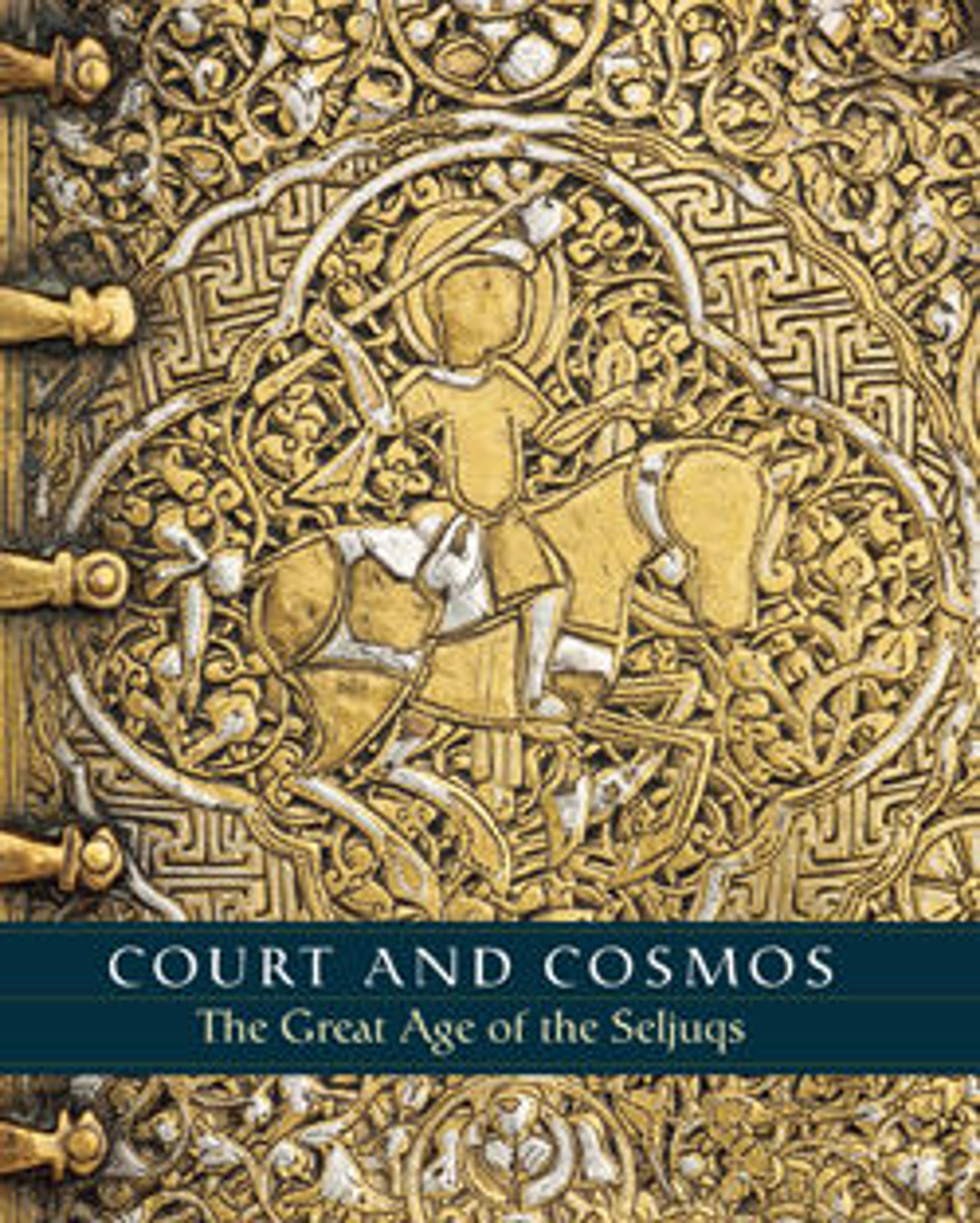Panel of al-Khatun (the lady) Fatima bint Zahir al-Din
Although carved stones of this type have been identified as grave markers, aspects of its form and inscriptions suggest instead that it is a flat mihrab (prayer niche). The stone’s Qur'anic verses and hadith (traditions of the Prophet Muhammad) emphasize prayer and doing good deeds, but they do not mention Paradise or the word “tomb,” both of which are found on most gravestones. The name of the woman who ordered the stone is carved on the lintel between the two pilasters, which may indicate that she donated it to an existing building.
Artwork Details
- Title:Panel of al-Khatun (the lady) Fatima bint Zahir al-Din
- Date:11th–12th century
- Geography:Said to be from Iran
- Medium:Marble; carved in relief
- Dimensions:H. 25 3/4 in. (65.4 cm)
W. 17 in. (43.2 cm)
D. 3 1/4in. (8.3 cm)
Wt. 83 lbs. (37.6 kg) - Classification:Sculpture
- Credit Line:Purchase, V. Everit Macy Gift, 1931
- Object Number:31.50.1
- Curatorial Department: Islamic Art
More Artwork
Research Resources
The Met provides unparalleled resources for research and welcomes an international community of students and scholars. The Met's Open Access API is where creators and researchers can connect to the The Met collection. Open Access data and public domain images are available for unrestricted commercial and noncommercial use without permission or fee.
To request images under copyright and other restrictions, please use this Image Request form.
Feedback
We continue to research and examine historical and cultural context for objects in The Met collection. If you have comments or questions about this object record, please contact us using the form below. The Museum looks forward to receiving your comments.
